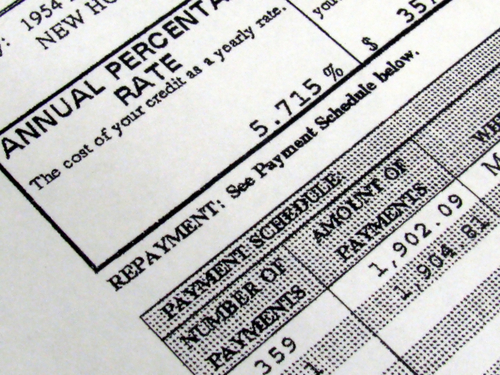
What is a
Student Credit Card?
Student Credit Cards are financial instruments
issued to students. As a result, the respective terms and conditions within the
structure of Student Credit Cards, including the determination of credit
limits, scheduled repayment, interest, and Annual Percentage Rates (APR) will
typically be specific to credit histories and scores belonging to students.
What is Student Credit?
Student Credit is defined as both the credit
history and credit scores belonging to students. However, the notion of a
‘student’ is rarely uniform. Student Credit Cards can be specific to a vast
expanse of students, ranging from High School Students to Graduate School
Students.
A primary
classification of student credit is latent within the fact that a majority of
students are considered to possess credit scores classified as ‘low’ by the
Fair, Isaacs, & Co. (FICO) credit ratings score. However, this is not to
say that individual students have undergone financial infractions. A
determining factor of individual credit scores relies heavily on credit
history.
Due to the fact that students are classified to be
younger in their respective ages, they have not had the opportunity to
cultivate credit history through long-term ownership of a credit card. As a
result, credit institutions may associate the classification of ‘no credit’
with ‘fair’ or ‘low’ credit.
In order to improve individual credit, the prompt
repayment, responsible usage, and the compliance with terms of service will
typically result in increased credit limits and raised credit scores.
Credit Score Analysis with regard to the
Application for Student Credit Cards
Upon applying for a Student Credit Card, both the
credit score, as well as the credit rating, belonging to the individual
applicant will undergo analysis and assessment from the applicable lending
institution. The following may be applicable to the approval process of a
Student Credit Card:
Credit Score and Credit History Associated with
Student Credit Cards
According to the gradient listed within the Fair,
Isaacs, & Co. (FICO) credit ratings analysis, the following is applicable
to individual credit ratings with regard to the terms and conditions listed
within Student Credit Cards. The bulk of students are classified within the ‘fair’
and ‘low’ classification.
Credit scores classified as ‘excellent’ will
typically range from 850 (the maximum score) to 740.
Credit scores classified as ‘good’ or ‘very good’
will typically range from 739 to 700.
Credit scores classified as ‘fair’ or ‘average’
will typically range from 699 to 620.
Credit scores classified as ‘low’ will typically
range from 619 to 580.
Credit scores classified as ‘poor’ will typically
range from 579 to 300 (the minimum score).
Student Credit Cards Standards and Practices
The following details are inherent within the
financial structure and legal ideology of Student Credit Cards:
Student Credit Cards Annual Percentage Rate (APR)
The Annual Percentage Rate is a form of credit
card interest defined as an expressed and established percentage of the gross
value of Student Credit Cards. APR is considered to be a compensatory method
undertaken by the credit institution as a result of furnishing an individual
with a credit card.
The APR is added to the full amount of repayment that is
required for the satisfaction of the balance of Student Credit Cards. An APR
designated to Student Credit Cards is typically higher than the median APR
designated for credit cards issued to those with higher credit scores.
Limits of Credit Cards for Student Credit Cards
Credit limits implicit within Student Credit Cards
are defined as finite, monetary amounts of credit that may be undertaken by
individuals in possession of Student Credit Cards. Students are advised to
discuss any financial commitments with trusted parties or financial
institutions.





























